Although by the beginning of the twentieth century there had already been many descriptions of the phenomenon that we now call antibiosis, it was Alexander Fleming who, in 1928, discovered that the mould Penicillium notatum produced under certain circumstances a diffusible substance that inhibited the growth of some species of bacteria. He named it Penicillin. Very little was done with this substance in the ensuing years, probably because it was found to be very unstable.
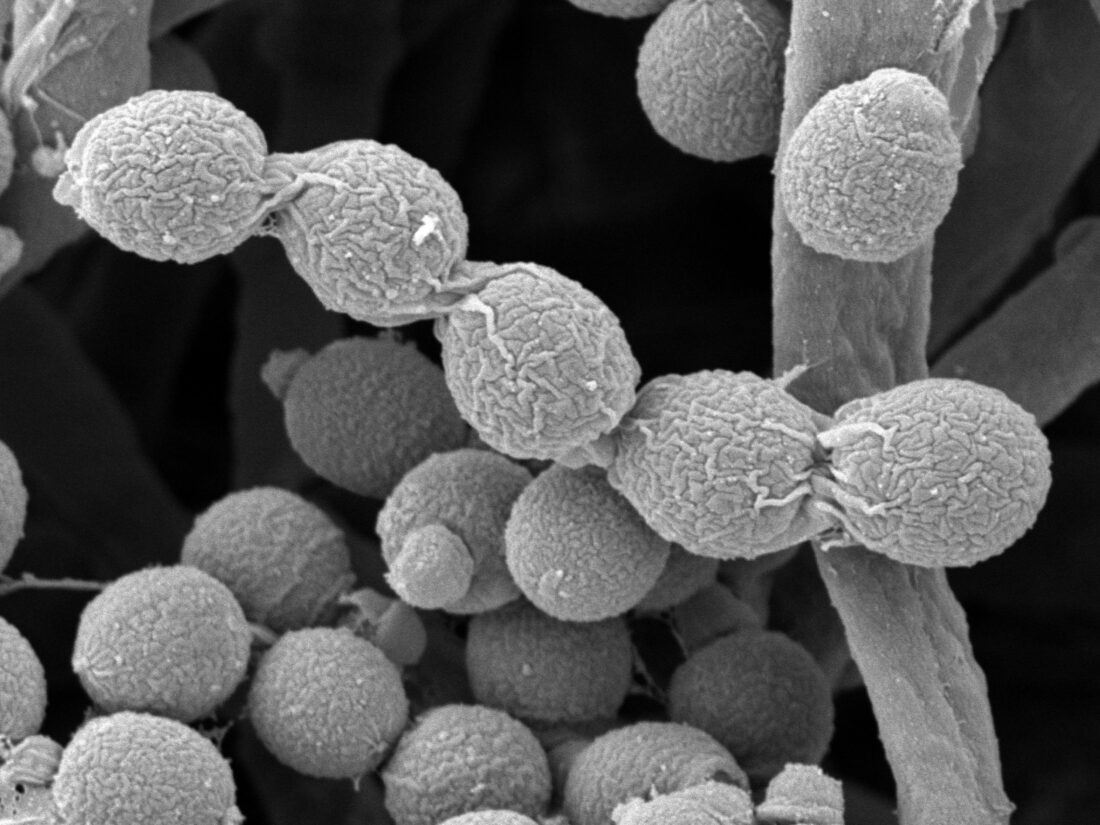
Image credit: Errin Johnson
In 1939 E. B. Chain and H. W. Florey, as part of a comprehensive programme of research on antibacterial substances, began work on penicillin at Oxford. The choice of penicillin rather than other plausible substances was, for Chain, mainly determined by the challenge posed by its instability, and, for Florey, by the fact that it was the only substance of those considered that was active against staphylococci. Chain soon extracted from the culture supernatant of the mould material that had antibacterial activity and was not toxic on injection into mice. The injection was done by J. M. Barnes, who later became the first director of the Medical Research Council Toxicology Unit, because Chain did not have a Home Office licence to carry out experiments on animals. This result was consistent with Fleming’s finding that his Penicillium notatum culture supernatant was not toxic to rabbits or to preparations of leucocytes in vitro. But Chain, unlike Fleming, remained remarkably optimistic about the possibilities that could be envisaged for penicillin.
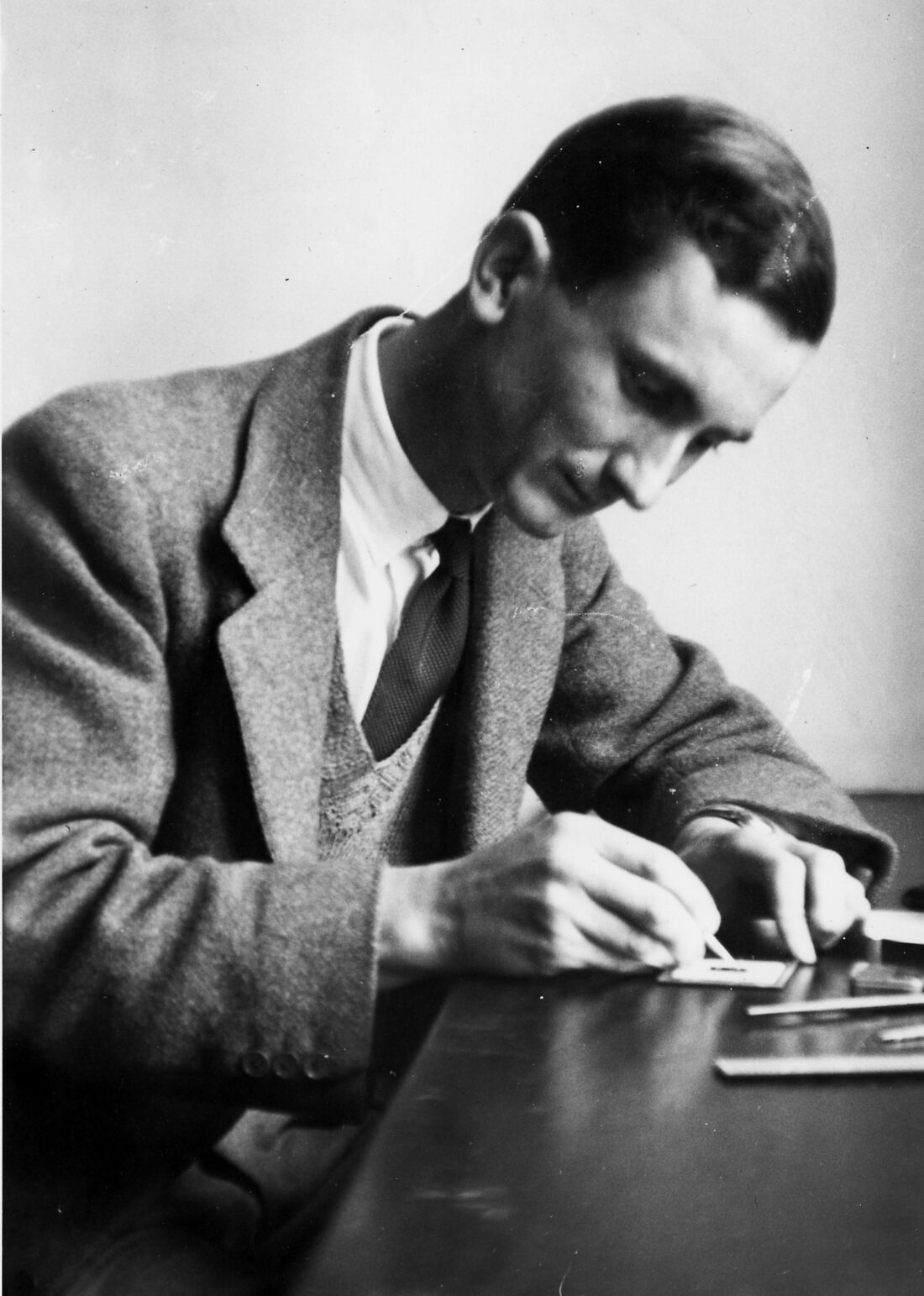
At this point Florey turned his attention to the problem and saw at once that the development of a clinically useful product would require the collaboration of many expert hands. N. G. Heatley, who was already a member of the department, because his plans to work with Lindestrom-Lang in Denmark were cut short by the war, was asked whether he was willing to take part in the penicillin project and agreed. Heatley’s contributions were critical. He first devised the cylinder-plate diffusion technique that provided a reliable and sensitive assay for penicillin and that was later adopted as the standard assay for antibiotic activity. He then suggested a procedure for extracting from organic solvents, in which penicillin was soluble, a stable salt that was soluble in water. This procedure formed the basis of an early counter-current distribution apparatus which Heatley devised and built. An improved version was later constructed by A. G. Sanders, also a member of the Dunn School staff. The mould was first grown as a surface culture in bedpans, but bedpans with lids became unobtainable in England during the war and Heatley designed for this purpose a flat-bottomed ceramic vessel which had the important advantage of being stackable. Eventually enough stable penicillin was accumulated to permit an animal protection experiment to be done. Two groups of mice were infected with a fatal dose of Streptococcus; one was treated with penicillin and the other served as a control. The first experiment of this kind was monitored by Heatley. All the animals in the control group died rapidly, but some of the animals treated with penicillin survived for long periods, one for five weeks. No statistical treatment of the experiment was deemed necessary.
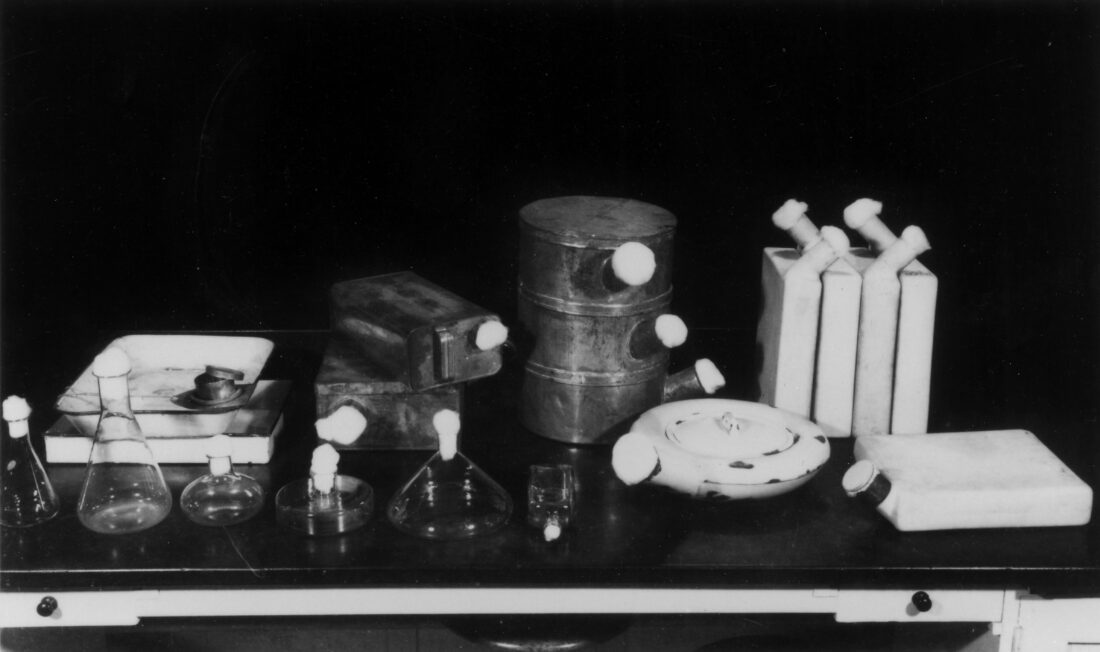
A much larger set of similar experiments confirmed this result and extended it to other organisms. Florey, meanwhile, studied the pharmacology of the penicillin extracts and M. A. Jennings tested their toxicity to leucocytes. A. D. Gardner, Reader in Bacteriology at the Dunn School, showed that bacteria initially sensitive to penicillin could rapidly acquire resistance to it in vitro, although this did not then seem to be a problem in vivo. After many months of preparative work, enough stable penicillin was accumulated to permit trials of the drug to be made on patients with normally fatal bacterial infections. These trials were carried out in the Radcliffe Infirmary at Oxford by Charles Fletcher under Florey’s supervision. The results, despite some initial setbacks, were spectacular and established beyond doubt the efficacy of penicillin as a chemotherapeutic agent. This work may be regarded as the true dawn of the age of antibiotics.
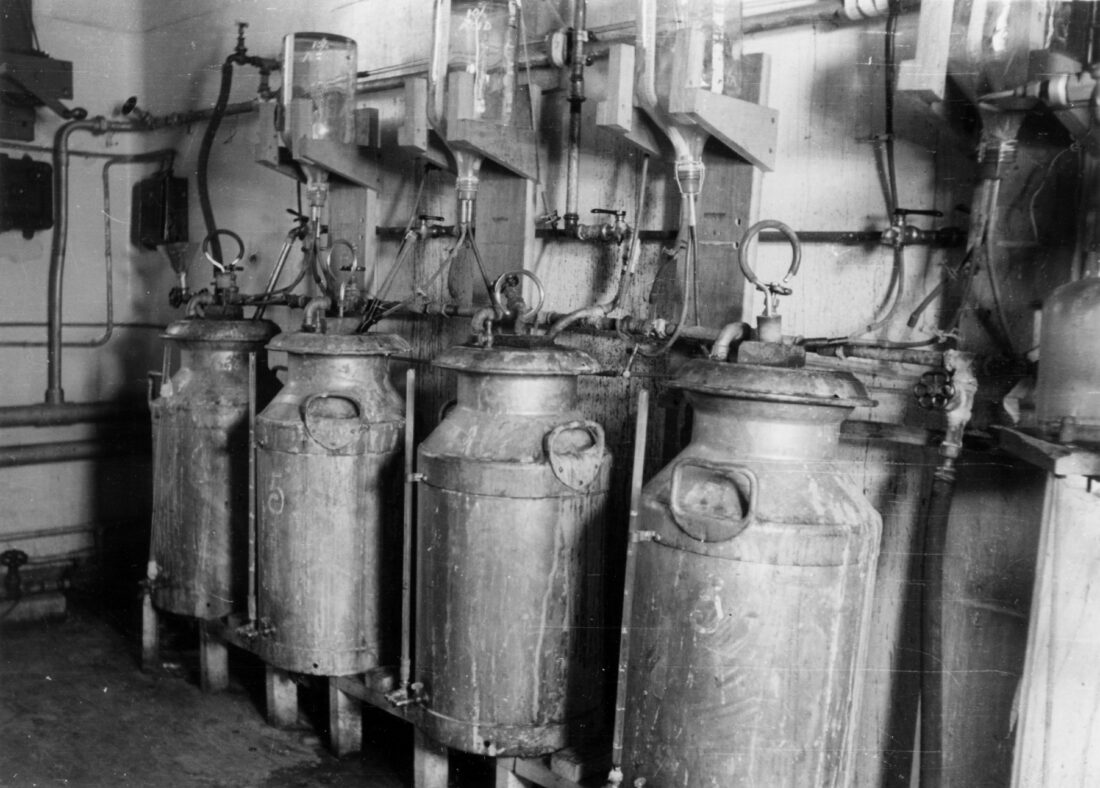
As repeatedly pointed out by Florey himself, the work on penicillin in Oxford was graced by a great deal of good luck. The material used in the first animal experiments contained only a minute amount of pure penicillin, and it was amazingly fortunate that none of the impurities that constituted the bulk of the preparation was itself seriously toxic. If, as subsequently happened with many other antibiotics, penicillin had proved toxic to man, as it is to the guinea-pig, it would have been, to put it in Florey’s own words “just another chemical curiosity”. In order to strengthen the chemical side of the work Florey attracted E. P. Abraham to the Dunn School. Abraham, who had recently completed his doctorate in the Department of Organic Chemistry at Oxford (the Dyson Perrins Laboratory) set about the difficult task of purifying penicillin and then determining its structure. Abraham was eventually completely successful in both these aims, and was the first to propose the correct chemical structure for penicillin. Abraham’s structure, which involved the novel -lactam ring, was not accepted by Robert Robinson, the Head of the Dyson Perrins Laboratory or by J. W. Cornforth, then also working in that department; they proposed a thiazolidine-oxazolone structure.
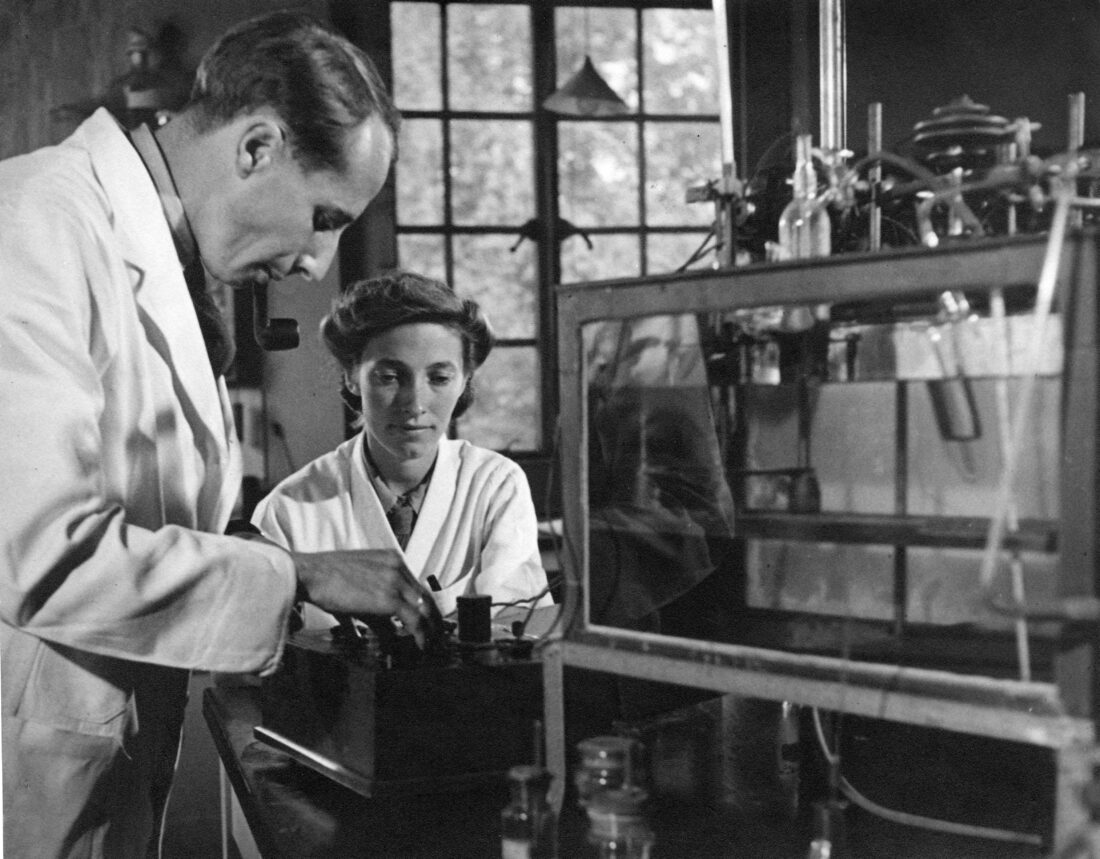
This matter was settled by Dorothy Crowfoot (later Hodgkin) who examined crystals provided by Abraham and confirmed by crystallographic methods the presence of the -lactam ring.
Robinson and his colleagues took the view that chemical synthesis of penicillin would eventually provide the most efficient means for its production and pursued that course. Florey, on the other hand, stayed with biological methods of penicillin production and these have remained, to this day, the mainstay of the antibiotics industry.
E.P. Abraham went on to work, with Guy Newton, in the discovery of the antibiotic cephalosporin. The patent income from cephalosporin enabled the establishment of several charitable trusts for the support of biomedical research, including the E.P. Abraham Research Fund. The prestigious Newton Abraham Visiting Professorship was established in 1980, with a donation from the E.P. Abraham Research Fund.
Chain and Florey shared, with Fleming, the Nobel Prize for Physiology and Medicine in 1945.
written by Henry Harris (former Head of Department)